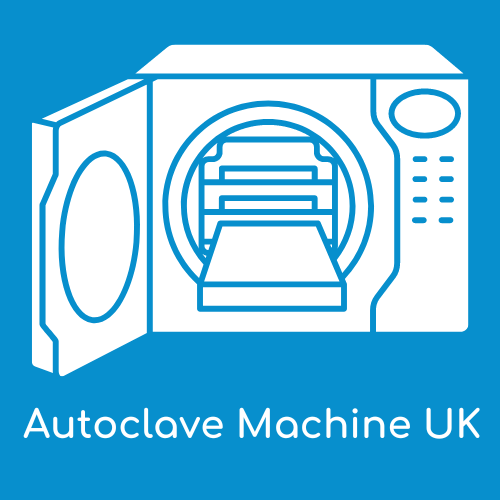Autoclave machines are a crucial instrument in several industries, including healthcare, research, and manufacturing. They play a pivotal role in sterilisation processes, ensuring the safety and efficacy of equipment and tools. By understanding their working mechanism, we can utilise them effectively and safely.
What is an Autoclave Machine?
An autoclave machine is a pressure chamber that uses steam under high pressure to sterilise equipment and supplies. It is designed to kill harmful bacteria, viruses, fungi, and spores on objects placed inside it that normal detergent and hot water cannot. Autoclaves are widely used in various sectors for sterilising surgical/dental equipment, laboratory instruments, pharmaceutical items, and other materials.
The Working Mechanism of an Autoclave Machine
The operation of an autoclave machine involves three key stages: conditioning, exposure, and exhaust.
Conditioning: In this phase, air is removed from the chamber of the autoclave to create a vacuum. This is necessary as air can act as an insulator, preventing the steam from reaching the objects to be sterilised. The removal of air can be achieved through various methods such as gravity displacement or using a vacuum pump.
Exposure: During this stage, the chamber is filled with steam under high pressure. The high temperature of the steam denatures the proteins of microorganisms, leading to their death. The sterilisation process in an autoclave typically takes around 15 to 20 minutes once the required temperature of 121°C (or higher) is reached. However, the total time can vary depending on the size and type of material being sterilised, as well as the specific model of the autoclave. It's worth noting that this time doesn't account for the additional time needed for the machine to reach the desired temperature and pressure, or the cooling down period after sterilisation.
Exhaust: After the sterilisation process, the pressure inside the chamber is reduced and the steam is allowed to escape. This ensures that the sterilised items remain dry and prevents recontamination.
Safety Measures and Precautions
While operating an autoclave machine, it's essential to follow certain safety precautions. The machine should only be handled by trained personnel. Protective gear, such as heat-resistant gloves and eye protection, should be worn during operation. The autoclave should never be opened while it's in operation or before it has cooled down sufficiently after use.
Maintenance of Autoclave Machines
Regular maintenance is crucial to keep an autoclave machine functioning efficiently. It involves routinely checking and replacing worn-out parts, cleaning the chamber to prevent buildup, and conducting pressure and temperature checks to ensure they're within the recommended parameters.
It's important to remember, the effectiveness of sterilisation with an autoclave machine depends largely on its correct usage, so always ensure you're following the manufacturer's guidelines and your industry's best practices.
